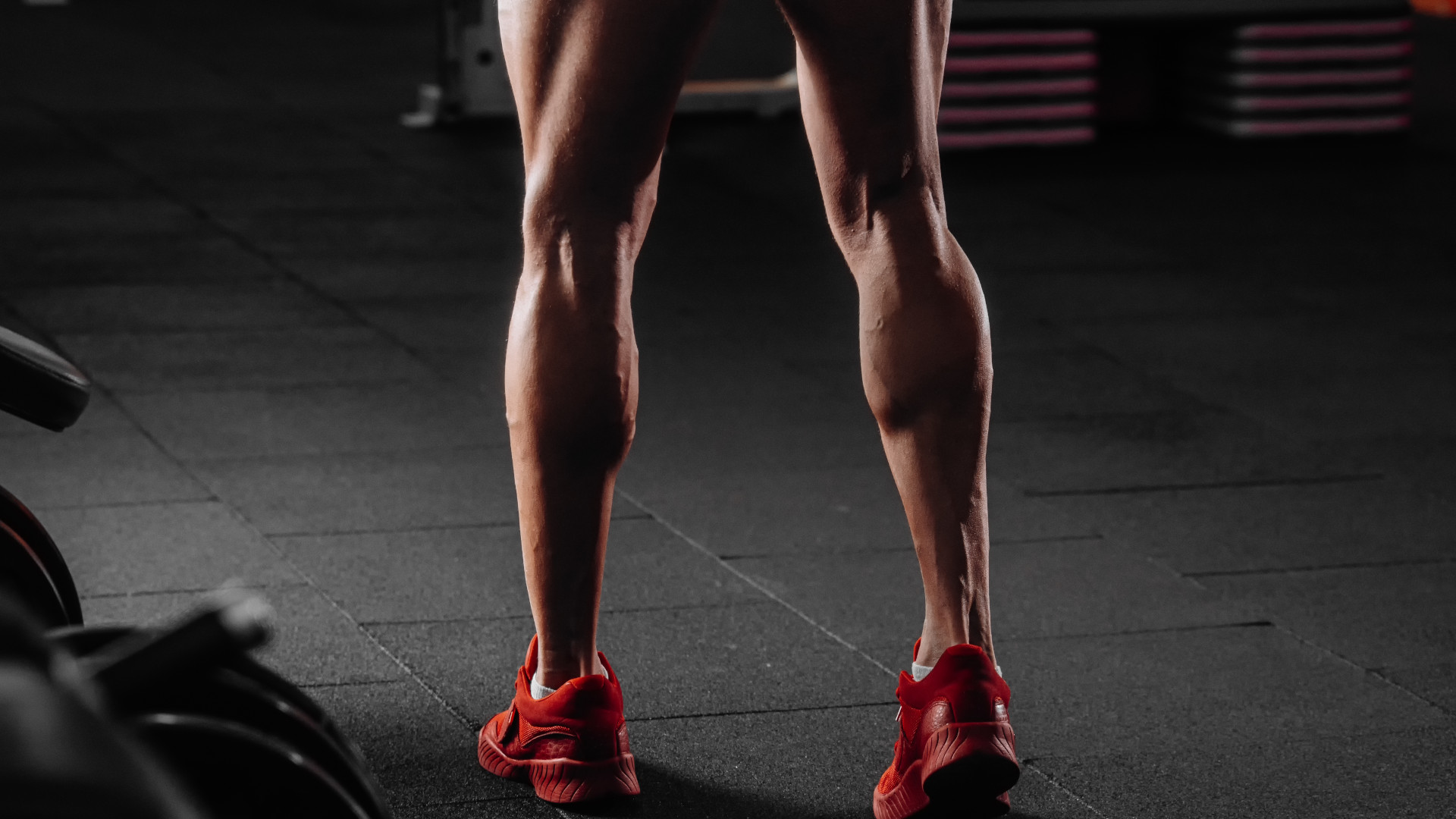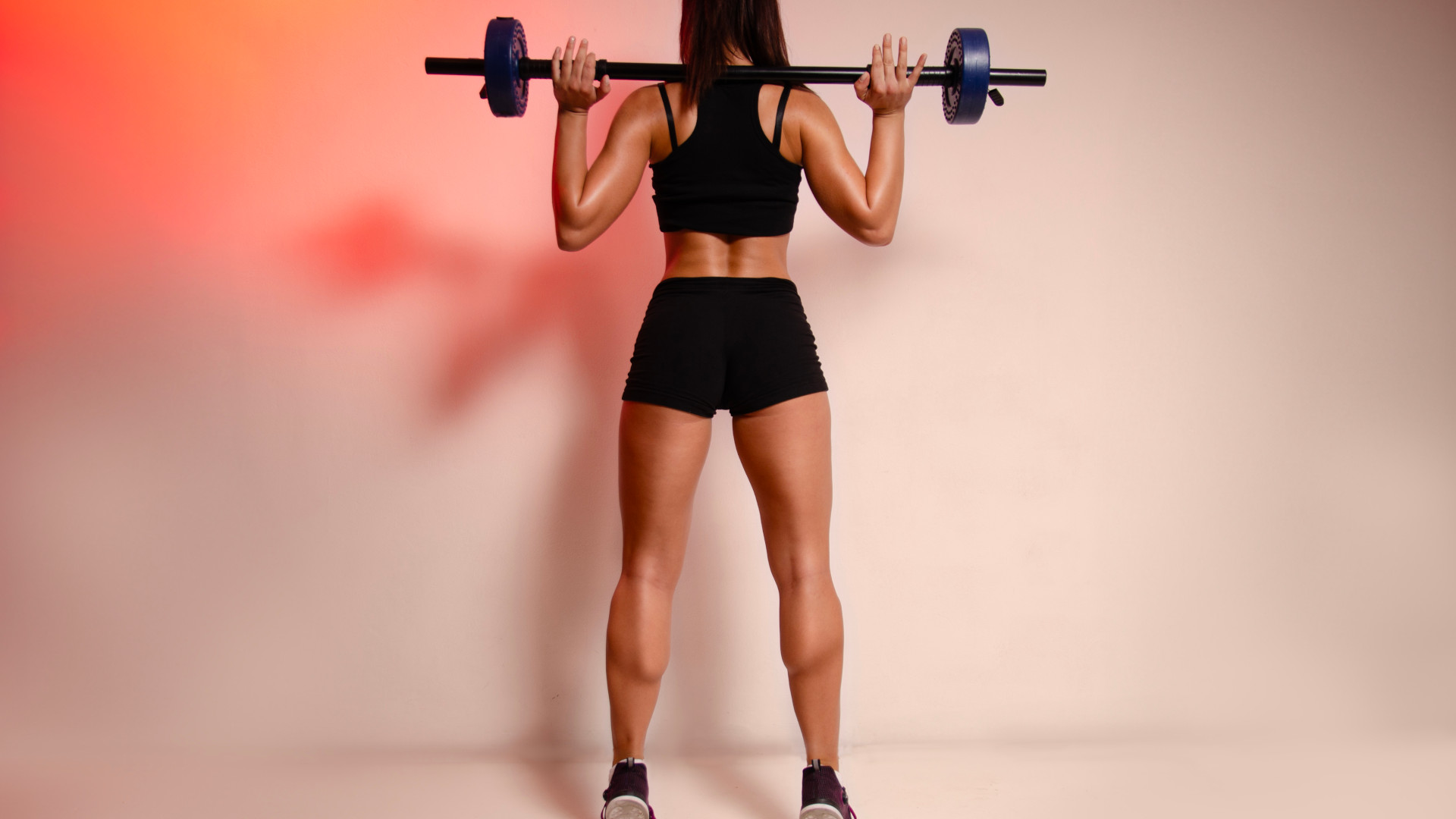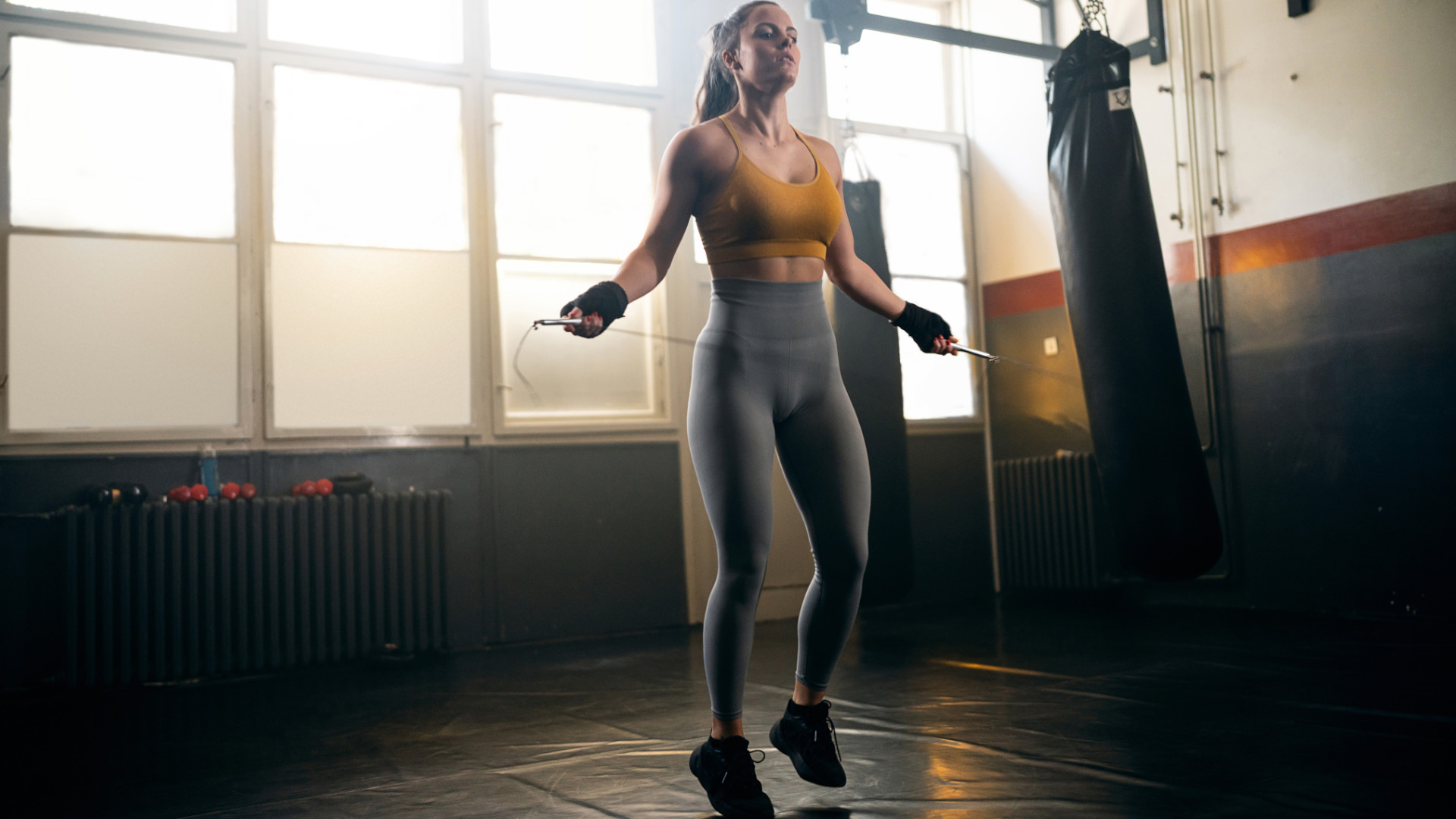4 exercises to help build powerful, strong calves, according to an expert
Here's how you add muscle to your calves to improve your athletic performance


Are you training your calves properly? Let’s be honest, your quads, hammies and glutes probably steal the spotlight during your lower body session, while your calves are more of an afterthought. Sound familiar? We thought so. However, if you want a set of strong, sculpted lower half, then you need to start training these muscles properly.
“Strong reactive calves help you accelerate faster, cut sharper and jump higher,” says Fitness Trainer, Lauren Pak, in her latest YouTube video. “They stabilise your ankles, absorb impact and help protect your achilles and knees. But, most of the training you see for calves doesn’t reflect any of that, it’s all about size or burn, not performance.”
Time to shift your focus from quick, half-hearted sets to purposeful, performance-driven training, to give your calves the attention they deserve. These five exercises from Lauren will not only build strength and size but also improve stability, power, and athletic performance. We've also included home variations for each exercise too, just in case you don't have access to a gym...
1. Barbell standing calf raises

First things first, if you want your calves to really grow and get stronger, the best way to do this is by incorporating weighted exercises – like the barbell standing calf raise. “This is important and I think this is something a lot of people skip, they do a lot of calf raises with just bodyweight, but we forget to load it up heavy,” says Lauren. “But the calf is a muscle, and just like any other muscle, we want to train it hard and we want to train it heavy.” This particular exercise targets the gastrocnemius, the main bulk of your calf. No barbells and squat racks free? Lauren says you can also use a Smith machine or a calf machine that sits on your shoulders, if your gym has one.
At-home option: Grab two dumbbells, either hold them by your sides or on your shoulders, raise up onto the balls of your feet, then slowly lower back down
2. Single-leg deficit calf raises
“The single-leg calf raise harder than a lot of people think, it looks pretty easy and simple, but if you haven’t done them, it’s challenging,” says Lauren. This is because of two things: by performing the exercise off a weight plate, you’re increasing the range of motion and you’re working one calf at a time, both of which increase the difficulty of the exercise. The latter is particularly important for making sure you build equal strength across your calves easily. “We want something where you can elevate your foot so that when you get to the bottom, you’re going to be below parallel with your heel, so you get a little bit of extra stretch in your calf.” A 20kg weight plate, your bodyweight and something to hold to (like the side of a squat rack) is the perfect setup if you’re in the gym.
At-home option: Use the step of your stairs and hold onto the banister for support
Get all the latest news, reviews, deals and buying guides on gorgeous tech, home and active products from the T3 experts
3. Pogo hops

This may take you back to the playground or P.E. classes, but not only do pogo hops give your cardio fitness a boost and help build plyometric power. “What we’re trying to emphasises is quickness and reducing ground contact time as you jump,” says Lauren. “It’s really similar to jump roping. We’re trying to be light on the feet, trying to be bouncy, and trying to get as little ground contact time as possible.” Stick with two legs to start with, but once these become too easy, Lauren says you can advance them to single-leg pogo hops. Struggle with them altogether? Lauren suggests looping a resistance band around a squat rack and holding onto it as you jump – it’ll give your bounces a boost.
At-home option: No alternative needed, these are perfect for doing at home, as no equipment is required
4. Bent leg calf raises
We know what you're thinking, 'another calf raise?!', but Lauren says this one is important. "The reason we want to do a bent leg variation is because that's going to hit the soleus, which is a deeper stabilising muscle that's really helpful with deceleration, which is something a lot of athletes, but also runners and anyone who's moving quickly, is going to need to be resilient and strong." If your gym has a seated calf raise machine, use this. If not, head over to a weight bench, grab a heavy kettlebell or dumbbell, rest it on your knee and then perform your calf raises one leg at a time.

Bryony’s T3’s official ‘gym-bunny’ and Active Staff Writer, covering all things fitness. She is a certified personal trainer and also a part-time fitness instructor. In her spare time, you will find her in her natural habitat - the gym - where her style of training is a hybrid of bodybuilding and powerlifting. Bryony loves writing about accessible workouts, nutrition and testing innovative fitness products that help you reach your fitness goals and take your training to the next level.
You must confirm your public display name before commenting
Please logout and then login again, you will then be prompted to enter your display name.